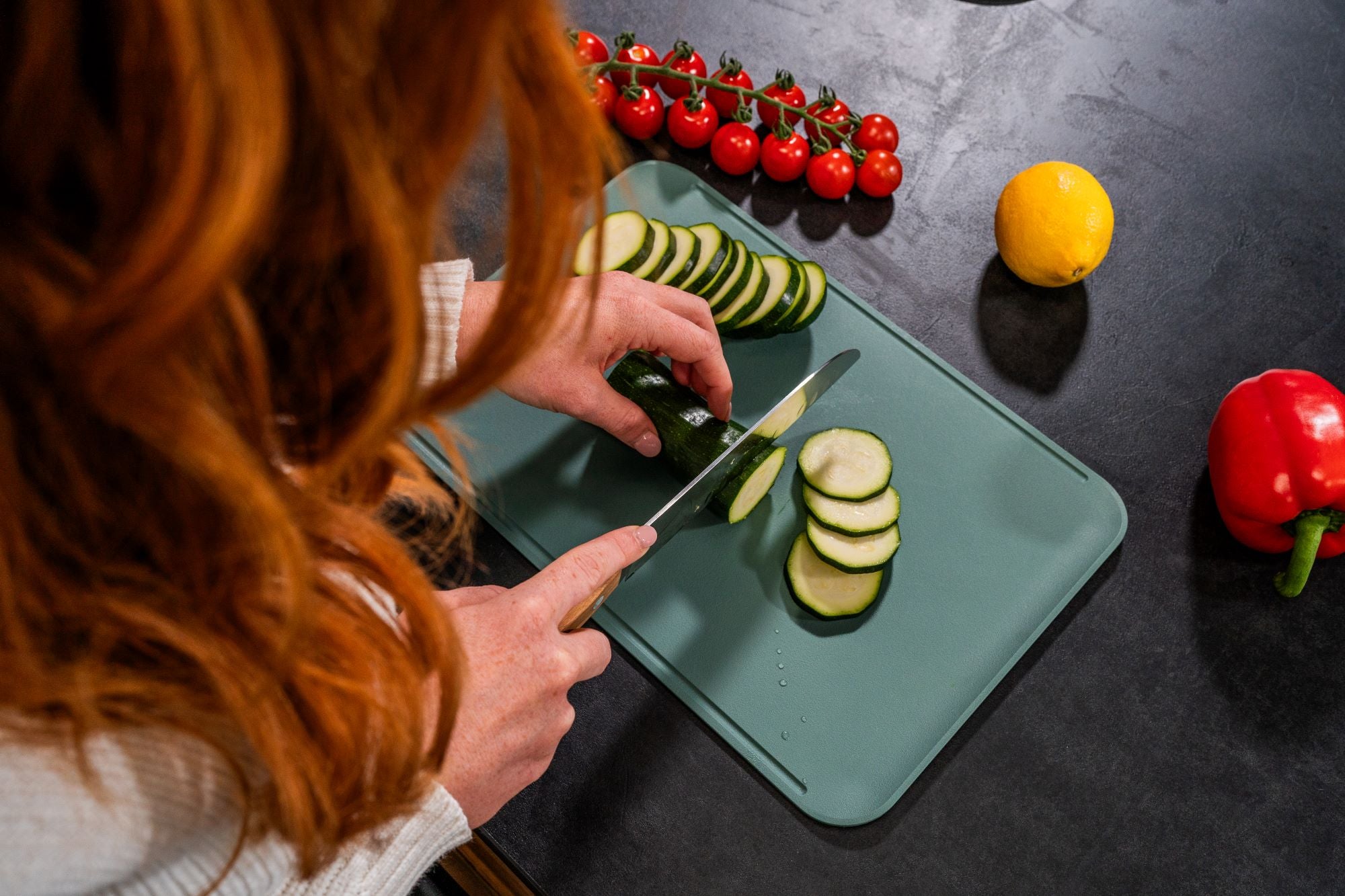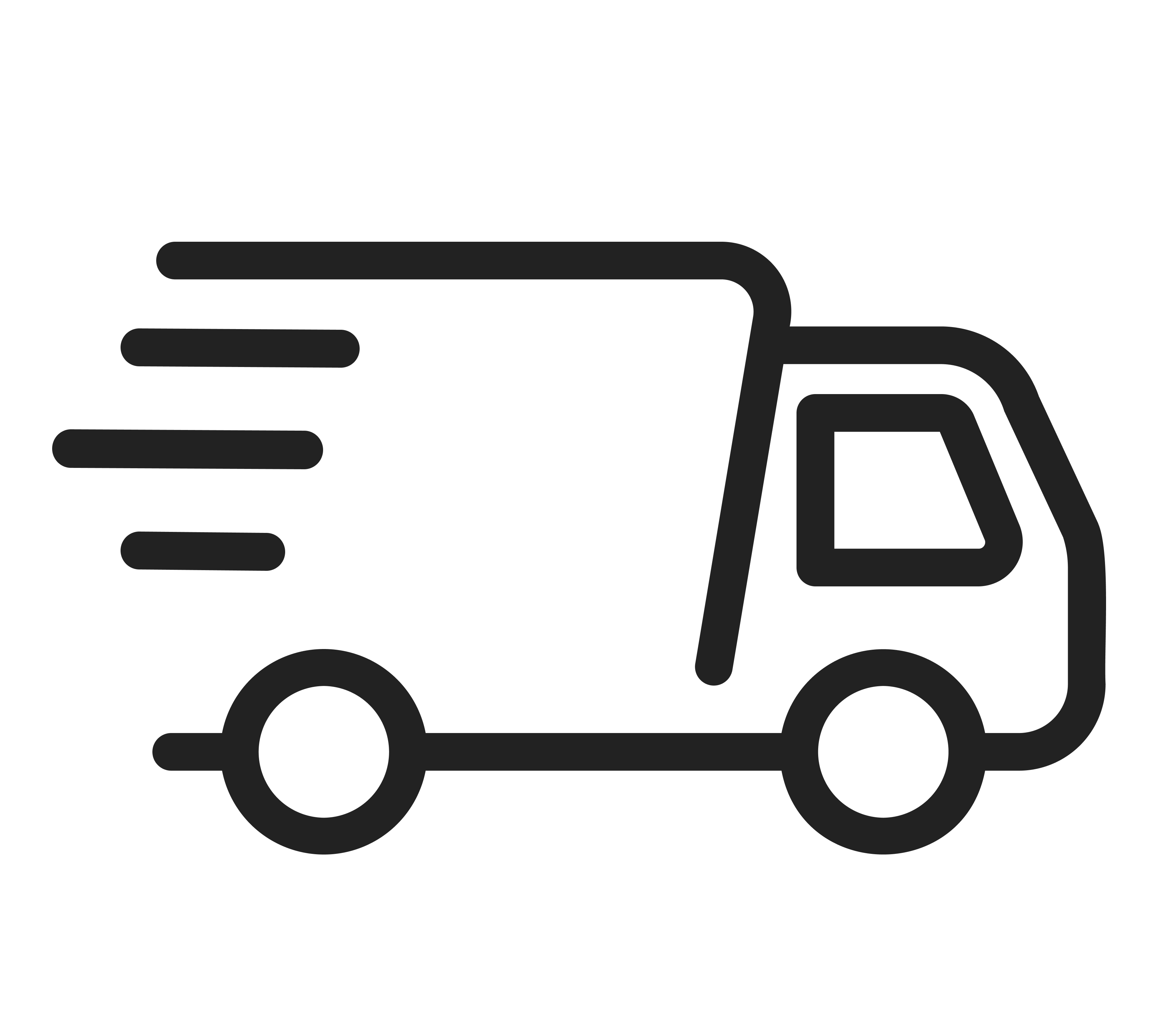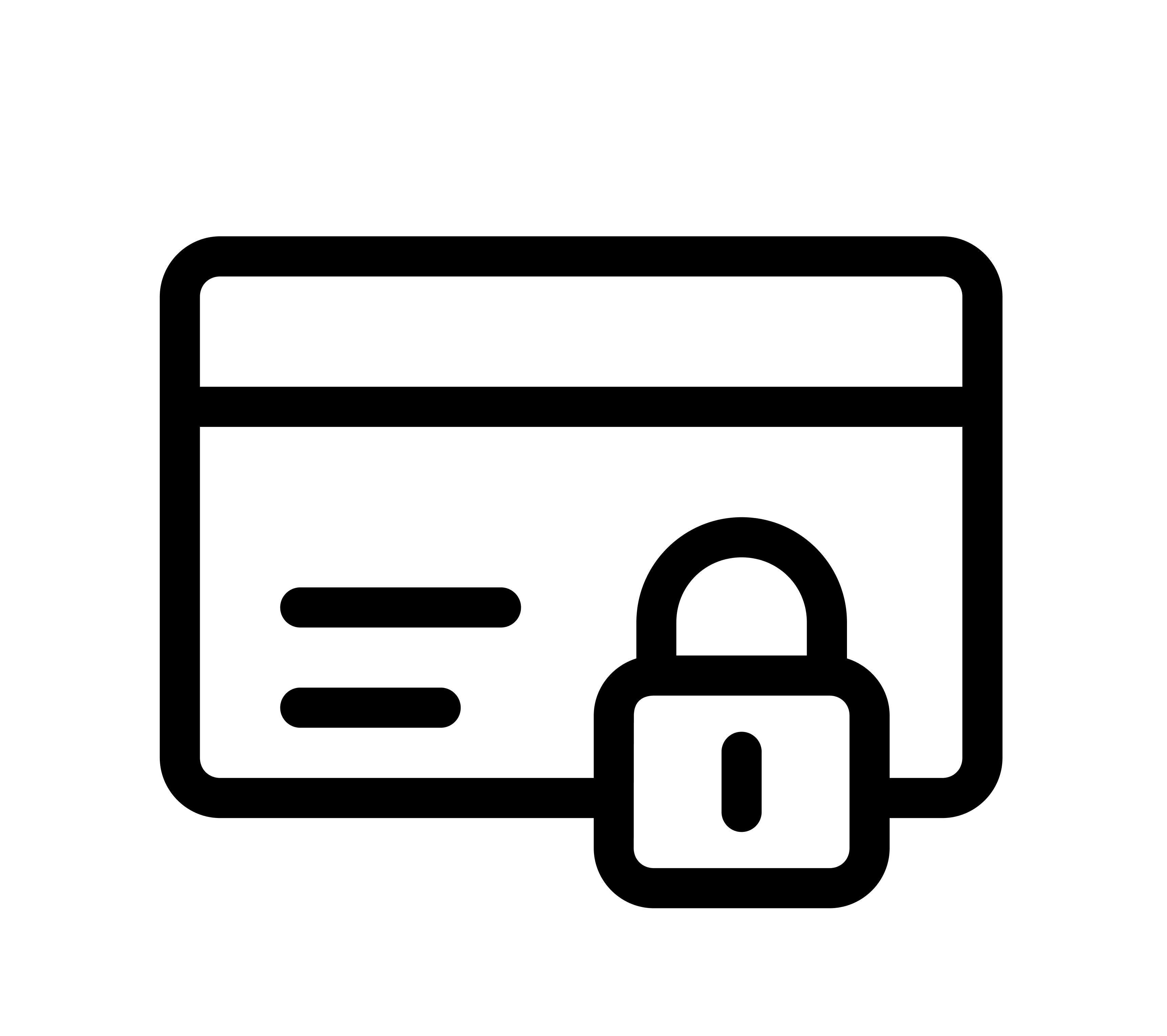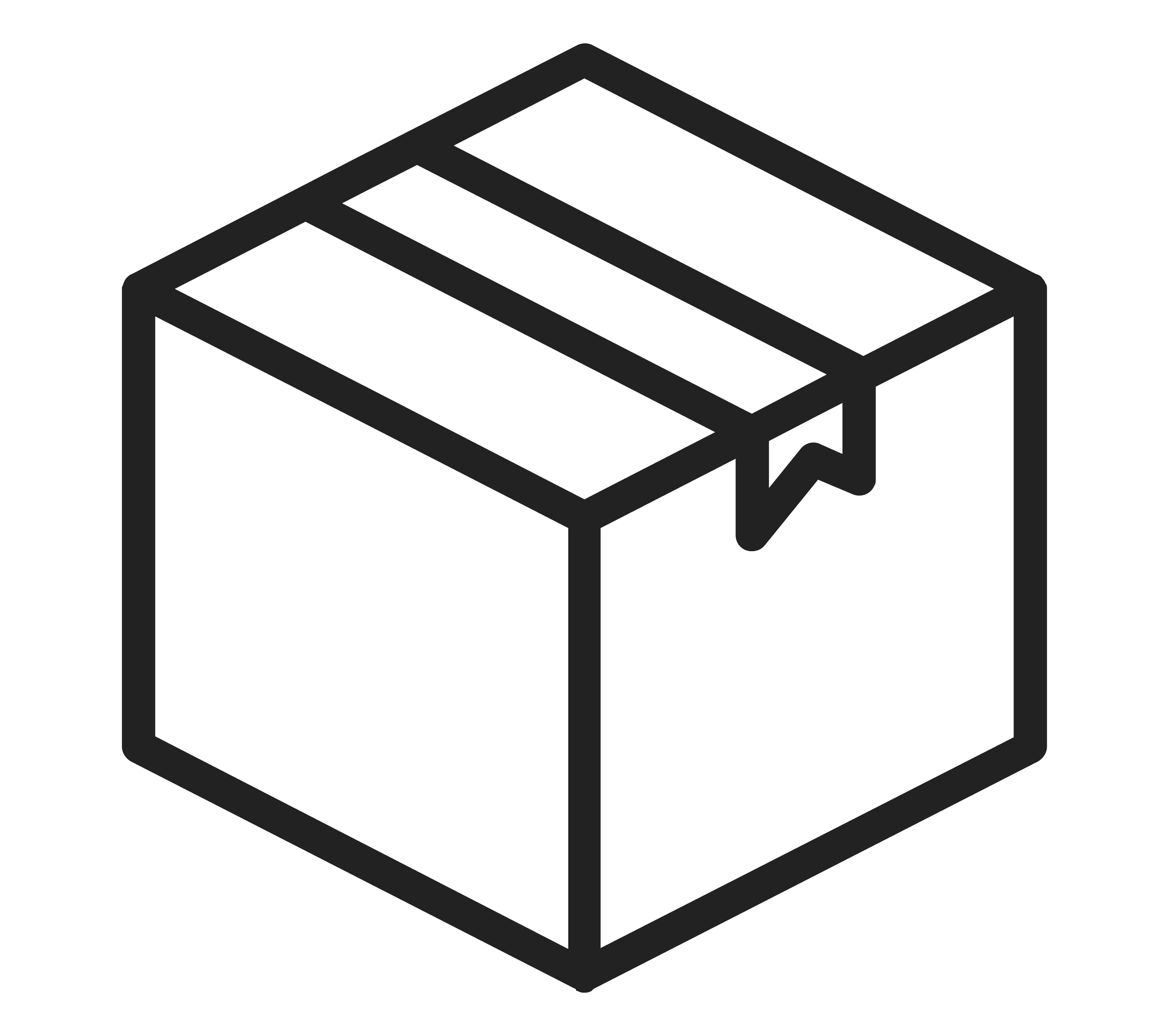Germs are everywhere in the kitchen - you prepare raw meat and then chop vegetables on the chopping board. Perhaps you have already experienced a salmonella infection or are concerned about the hygiene of your kitchen utensils.
But what is a salmonella infection, what causes it and how can you avoid infection from germs?
Salmonella infection in the kitchen - how it develops
Nowadays, the problem of germs in the kitchen seems to be more present than ever. But why is this actually the case and how does an infection develop?
Most multi-resistant germs and salmonella are caused by the use of antibiotics in factory farming. Some of the animals develop multi-resistant germs due to the antibiotic treatment, which can lead to gastrointestinal infections for us humans. If the meat is stored warm or comes into contact with other fresh food, it can lead to salmonella disease, also known as salmonella enteritis. This can occur more frequently, especially in warm seasons.
These foods are particularly affected
Foods such as raw meat and products containing raw egg, such as mayonnaise, raw cake batter or creams, are particularly contaminated with germs.
However, some plant-based foods can also be contaminated with salmonella and bacteria.
Salmonella proliferation is particularly high in foods that are stored unrefrigerated or on contaminated surfaces such as the chopping board or kitchen sideboard.
It is therefore important to be particularly careful when preparing food if you want to avoid infection with salmonella on hot summer days.
Salmonella poisoning - these are the symptoms
Salmonellosis usually manifests itself through symptoms in the gastrointestinal tract, diarrhoea and vomiting, headache and abdominal pain, fever and severe malaise. The symptoms often last for several days, with severe dehydration occurring.
Since salmonella infections can sometimes last longer and remain contagious for several days or even several months, older people or people with a weak immune system are particularly at risk.
How you can avoid contracting salmonella
Unfortunately, it will not necessarily be possible to completely banish bacteria and germs from the kitchen. Nevertheless, there are a few things you should bear in mind when handling food to avoid infection.
Careful handling of food
Salmonella and bacteria can sometimes survive for several months on food and kitchen utensils and are not even killed by the dishwasher or freezing.
If you buy meat or dairy products or food containing raw eggs, the cold chain should never be interrupted and the food must be placed in the fridge immediately.
If you thaw vegetables, fish or ice cream, these should not be refrozen, as the thawing water often contains countless germs and should be disposed of immediately.
If you want to be sure that salmonella has been killed, you can simply heat dishes for a longer period of time and cook them thoroughly.
Use different chopping boards
Since meat or fish products often contain countless germs, they should never come into contact with vegetables, bread or fruit.
To avoid salmonella infections, it is therefore worth using different chopping boards when cooking. You can find out why this is so important and which material is best suited here.
It is therefore very practical to have a chopping board set with different colors so that you never mix them up and nothing goes wrong when handling meat or fish.
Cleaning the chopping board - you should pay attention to this
Even if you separate the chopping boards for different foods, you should clean them thoroughly after each use. This will ensure that fresh food does not come into contact with germs or salmonella and you can prepare dishes without any worries
.Plastic chopping boards are particularly practical for easy cleaning, as you can simply put them in the dishwasher.
With wooden chopping boards, this is not quite so easy, as the wood warps quickly on contact with a lot of water and makes the boards unusable.
These must therefore be scrubbed by hand in the sink, using very hot water and plenty of washing-up liquid.

Find out more about how to care for your chopping board properly in this article.
In general, it is important to consistently enforce hygiene rules in the kitchen to prevent illness. It is helpful to store food properly and not buy too much of it, to clean kitchen utensils carefully and to wash your hands regularly.
So not everything has to be kept sterile, but there are usually small things you can pay attention to in order to keep foodborne infections at bay.







